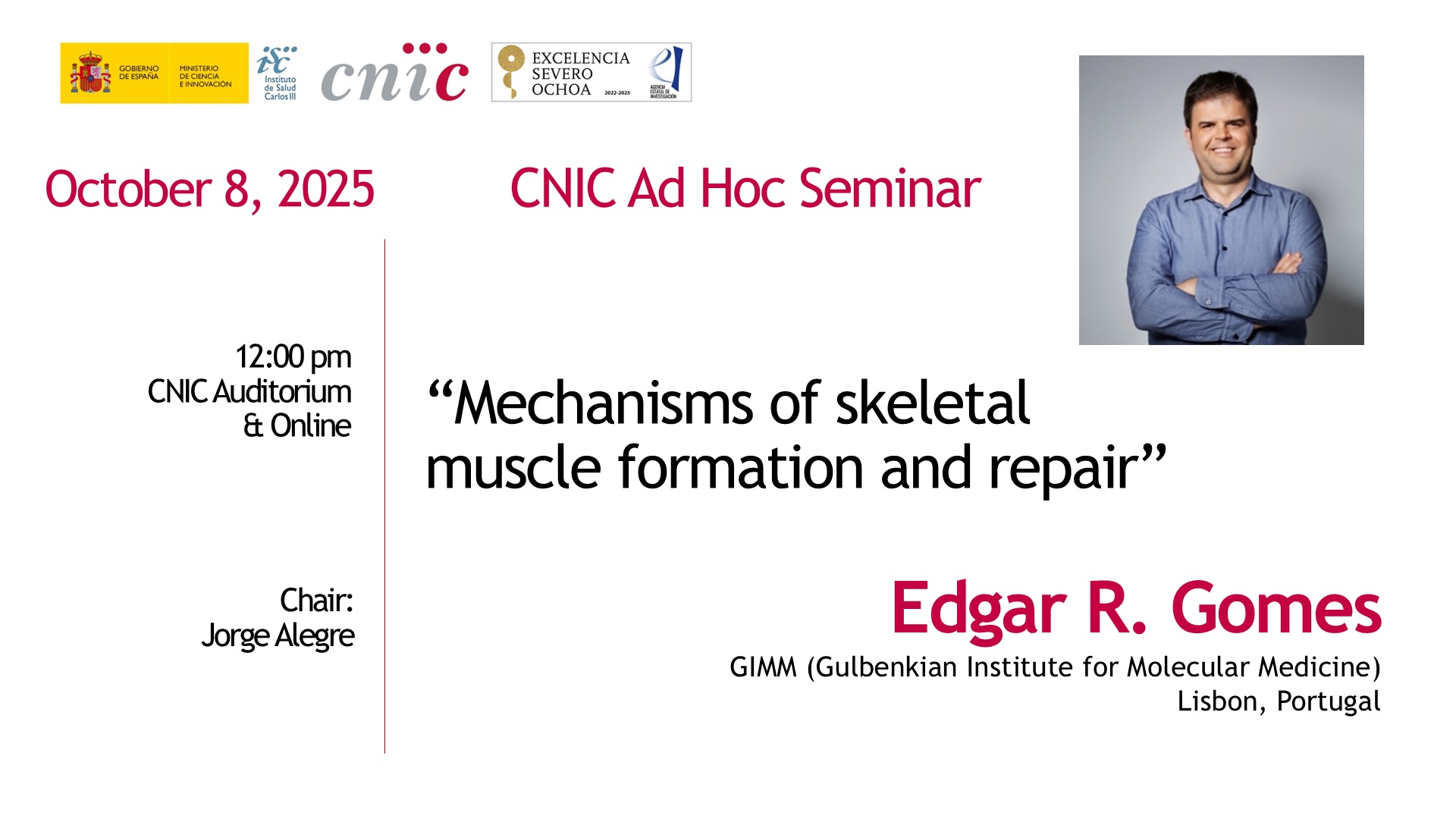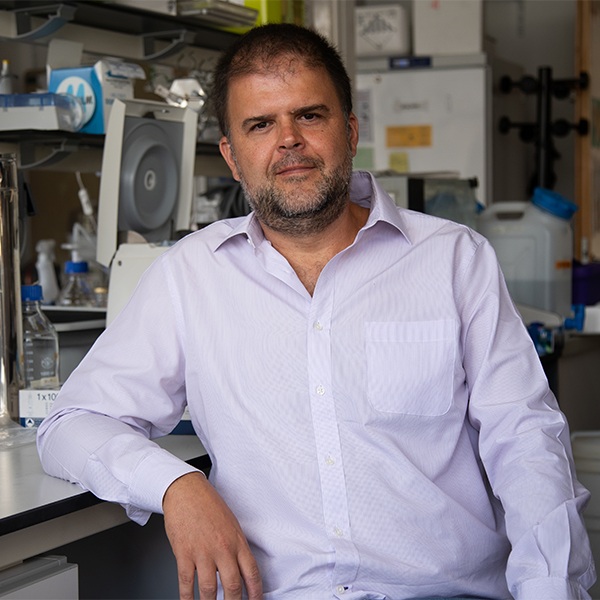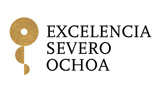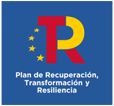Edgar Gomes: "Southern Europeans are often very creative and resourceful; we find ways to solve problems"
Dr. Edgar Gomes is a cell biologist whose work explores how the internal architecture of cells shapes their function, focusing on the organization and positioning of organelles, especially nuclei, in muscle cells. Currently based in Gulbenkian Institute for Molecular Medicine in Lisbon (Portugal) Dr. Gomes leads a research group studying how the spatial arrangement inside cells affects muscle development, performance, and disease. His discoveries have helped reveal that the position of the nucleus is not just a structural feature, but a key determinant of muscle function.
- Why is understanding the architecture of cells, how organelles are positioned or connected—so important for biology and medicine?
It’s very important because all these organelles within cells are responsible for different functions and activities. To understand how a cell works, you need to know how its organelles communicate and interact. Many diseases arise from miscommunication even within a single cell. Not all diseases, of course, but many dysfunctions have roots in this. So, understanding this communication has a big impact on our knowledge of disorders and diseases—and that really fascinates me.
- What makes skeletal muscle a fascinating model for studying cell organization?
What first drew me to skeletal muscle was my interest in where the nucleus is located inside a cell. Most cells have a single nucleus, and I started by studying this in fibroblasts. But muscle cells can have up to 600 or even 800 nuclei—so for someone studying nuclear positioning, it’s a paradise.
It’s also known that the position of nuclei in muscle cells is associated with muscle disorders. In fact, as early as the 1960s, when the first muscle biopsies were done for diagnostics, one of the key parameters was where the nuclei were located. That was part of how muscle disorders were defined, even though at the time it wasn’t clear whether it was a cause or a consequence. So skeletal muscle turns out to be the perfect system to study where nuclei are and what they do.
- How can studying cell architecture help us understand or treat muscle diseases?
I define cell architecture as how different organelles communicate and interact within the cell. Of course, the nucleus—the biggest organelle—is the one I’ve been most interested in, but all the internal scaffolding is crucial. Skeletal and cardiac muscles are particularly fascinating because they have this contractile machinery that constantly changes the cell’s shape and size to create force. That makes them perfect for studying how internal organization supports function. During my postdoc, I studied how fibroblasts polarize during migration—how they know where to go. We discovered that the nucleus moves to the back of the cell when it starts migrating. That observation led me to study nuclear positioning more deeply, and skeletal muscle became the ideal system for it.
The most important thing is choosing the right people. That’s not easy, and sometimes I think it's a lot of serendipity
- What do you see as the biggest challenge in this field today?
I’d say one major breakthrough—rather than a challenge—was when our group, together with another team working in Drosophila, provided the strongest evidence that nuclear position is important for muscle function. That was a key finding. The challenge had been to prove that the position really matters, and we managed to do that.
- Technology has advanced rapidly in recent years. How has this changed the way you do research?
It changes everything. Sydney Brenner said, “Progress in science depends on new techniques, new discoveries and new ideas, probably in that order.” He was a Nobel laureate who discovered the genetic code, and he understood that technology drives research. If you look back, that’s always true. Progress comes not only from scientists creating new tools, but also from researchers adopting technologies from other fields and applying them in new ways. There are countless examples of that.
- Your work involves many international collaborators. How do these partnerships shape your research?
A lot. One of the most beautiful things in science is interacting with people. Those interactions fuel discoveries and ideas. Talking to other scientists—sometimes even a short conversation after a seminar—can completely change your perspective. Many of my ideas were shaped by such exchanges.
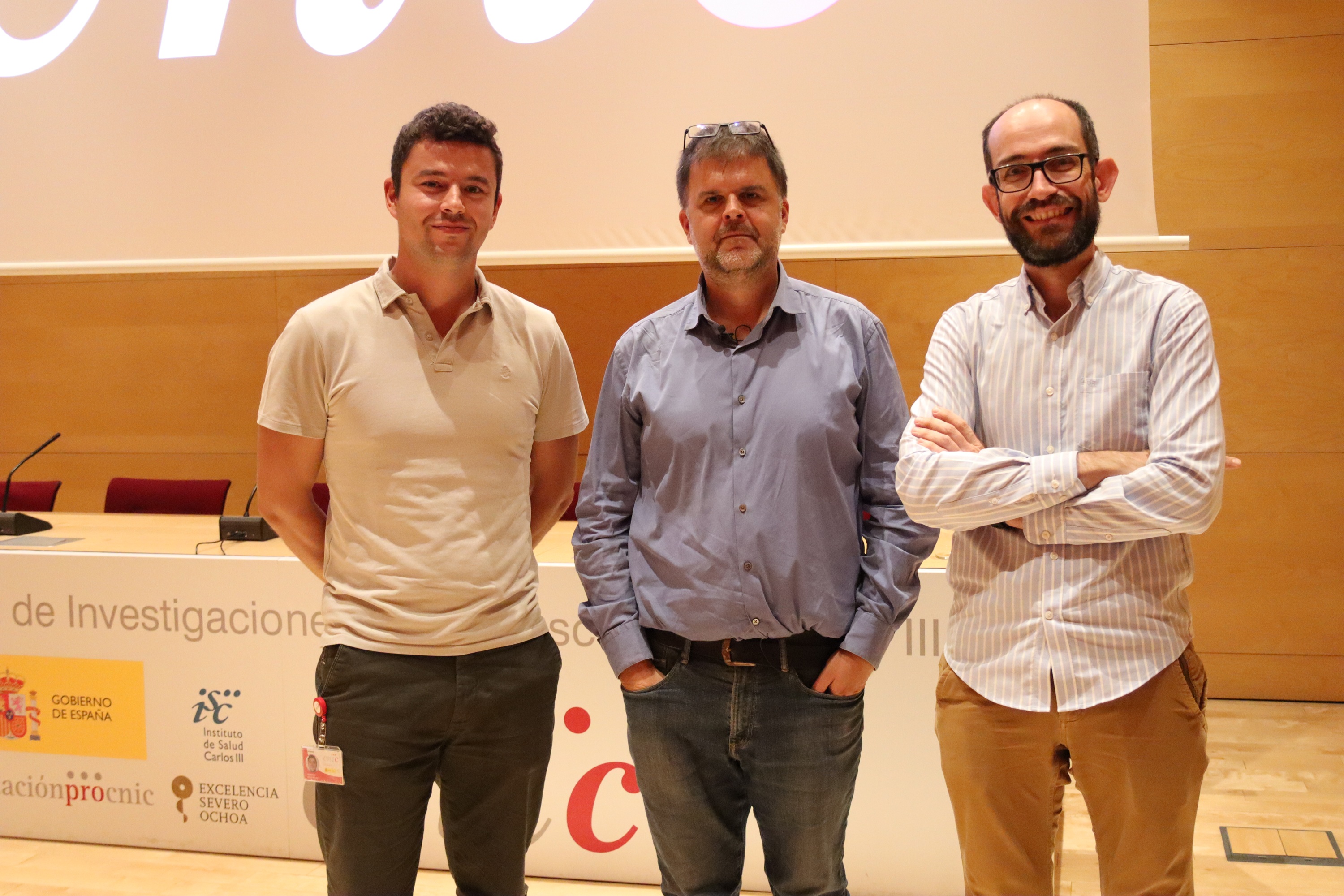
- People might wonder why you chose to continue your research in Portugal instead of moving elsewhere, like the United States.
Actually, nobody has ever asked me that! I started my lab in Paris, but I’m Portuguese, and now that I’m back in Portugal, things are going very well. I’m happy here. Of course, it’s also nice to be close to home and to have a local impact through the training and mentoring I do. Culturally, I love Portugal, and I’m glad my kids are growing up here. I’ve lived five years in New York, five in Paris, and now ten in Portugal. Everywhere I’ve lived, I’ve met people from all over the world. There’s definitely a difference between northern and southern Europe, but also a shared European culture.
Spain, Portugal, Italy, Greece, we have a lot in common. Sometimes it’s even funny how similar things are; walking around a Spanish city, I often feel like I’m back home. Of course, not everything is perfect, like cars parked on sidewalks, but the atmosphere feels familiar. One thing I appreciate about southern Europe is the balance between rules and empathy. We like to solve problems pragmatically. That practicality, I think, is a strength.
- Do you think this southern European culture influences the way you do science?
Absolutely. For example, southern Europeans are often very creative and resourceful; we find ways to solve problems. Americans, in contrast, tend to be extremely hardworking and persistent, sometimes achieving results by brute force. Northern Europeans, on the other hand, tend to be more rigorous and structured. In southern Europe, sometimes we lack that same level of rigor, which isn’t ideal. I often remind my students that precision and discipline in writing and experimenting are essential. These are stereotypes, of course, but there’s some truth to them.
- You mentioned your students. Do they work differently from how you did in the past?
Yes, very differently. Today, the output per hour is much higher thanks to new technologies. But the expectations are also much higher. Papers now require far more data than they did 30 years ago. We also tend to compare today’s students with how we remember ourselves, but that’s not always fair. Some of my students are more hardworking or more talented than I was at their age. Work–life balance is another difference. We often say it’s a new issue, but I think it’s part of a natural evolution. My parents used to work on Saturdays, it was normal then. Now it isn’t. Society has evolved, and that’s a good thing. People today can live decently without working extremely long hours, so why shouldn’t they? Every generation thinks the next one has it easier. That’s just part of getting older.
- How difficult is it to learn to be the leader of a team?
The most important thing is choosing the right people. That’s not easy, and sometimes I think it's a lot of serendipity. The right match between person and project makes all the difference.
- If you had unlimited time and resources, what kind of research would you do?
Honestly, I’d do exactly what I’m doing now. I’m very happy with my work. One thing I love is that my research depends on the people in my lab. I might have many ideas, but if I don’t have the right person for a particular project, it won’t happen. I don’t assign projects just to fill slots; I match them to people’s interests and strengths. So, my research evolves with the people around me. Some ideas take five, ten years to become reality. Others never happen. But that’s fine. It’s part of the process. I’m doing what I love, and I wouldn’t change it for anything.
